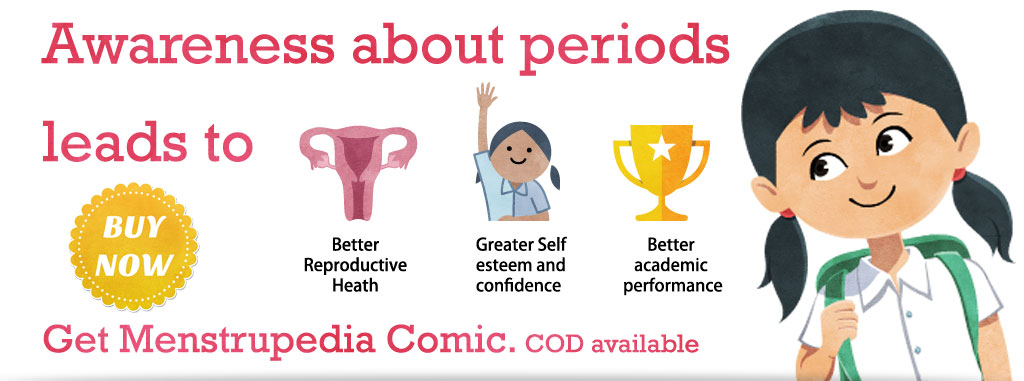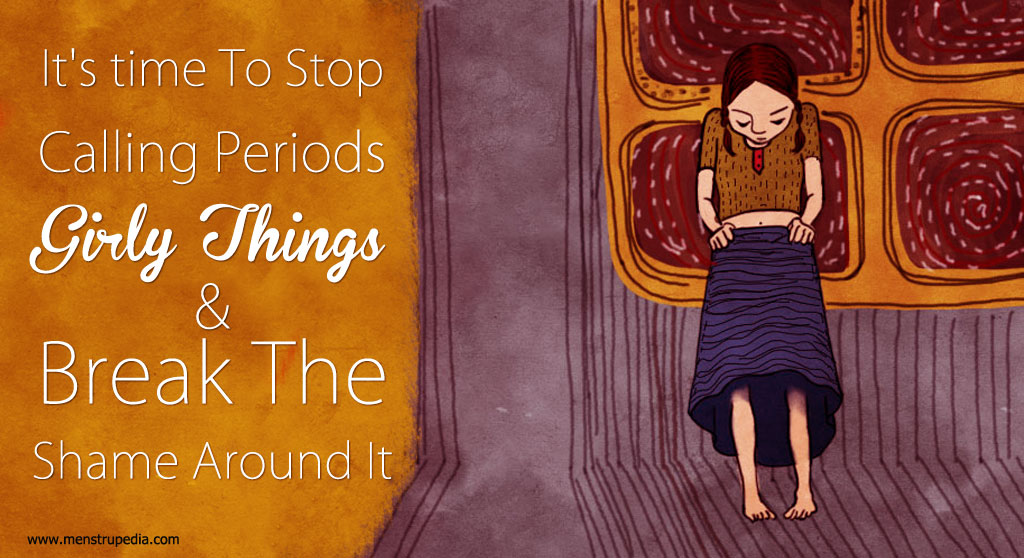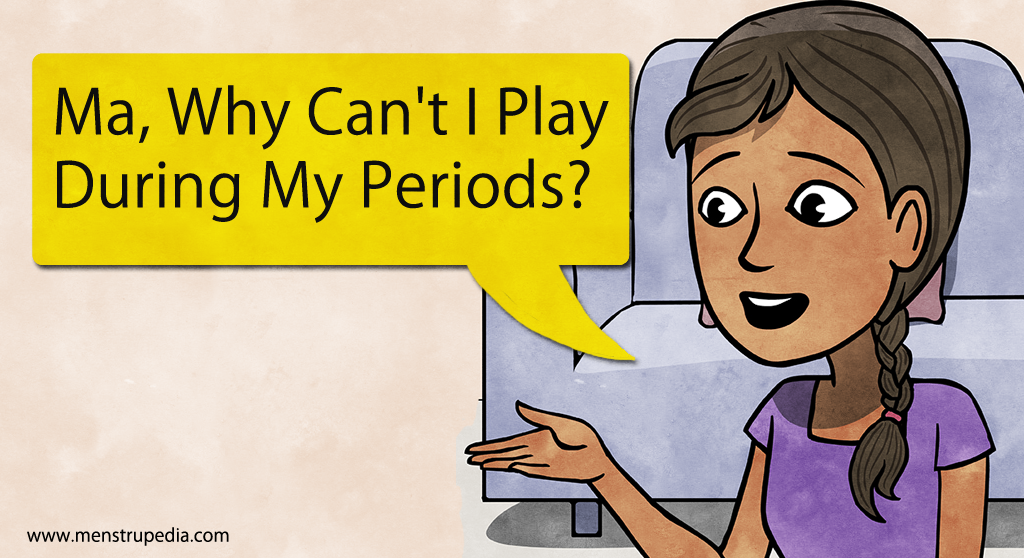Sanitary pads are the most preferred menstrual product for teenage girls and women in India but they are usually quite costly. Middle class women can afford to buy them as they need these pads just for a few days every month, so it doesn’t put constraints on their monthly budgets but working class and lower class women on the other hand, find it difficult to afford them and traditionally use cloth or avail other unhygienic options. In response to this issue, an Indian inventor Arunachalam Muruganantham from Tamil Nadu, built a machine that produces cheap sanitary pads which are priced far lesser than those available in the market. It is believed that[inlinetweet prefix=”” tweeter=”” suffix=””] he himself wore the napkins in order to understand what women experience when they menstruate.[/inlinetweet] The invention is seen to be very beneficial to women particularly in rural areas as they can now afford to buy pads which also provide them comfort while they commute and while they work outdoors. This obviously is a noble plan, but it is also true that a lot of these sanitary napkins are not sustainable and their waste management is very difficult.
The fact is that[inlinetweet prefix=”” tweeter=”” suffix=””] the market nowadays encourages people to buy more and consume as much as one possibly can[/inlinetweet]. Ideals of consumption are eulogized and ergo, the idea that excessive consumption can lead to unmanageable waste is not talked about in adequate detail. There is a dire need to come up with biodegradable and recyclable menstrual products. Organizations like SWaCH(Solid Waste Collection and Handling) from Pune are trying to educate people from Johnson and Johnson, P&G and the like about EPR, or Extended Producer Responsibility by which the companies that produce these sanitary napkins will have to take responsibility of the entire life cycle of a product (especially with regard to the concerns of what can happen after it is used and discarded). Some guidelines that could be followed are the need to enclose a bag along with napkin packages to dispose them, creating general awareness about how to dispose sanitary napkins and addressing other associated concerns.
Of course there are certain companies in India that sell some napkins that are recyclable, but these are very expensive. They are certainly not within the affordability range of lower middle to lower class Indian women. Also, the fact that napkins are the most preferred option is problematic.[inlinetweet prefix=”” tweeter=”” suffix=””] Other menstrual products are shunned due to popular myths and misinformation. [/inlinetweet]Let us take the example of menstrual cloth. In India, for ages, women have been using cloth from old saris, salwars and other material during their menstruation until recently when the market gave way to sanitary napkins which were then propagated as the more hygienic option.
There is a dire need to come up with innovations that dispel the myth of unhygienic cloth pads and talk about how affordable and sustainable they actually are. Some small scale initiatives are being taken in this direction such as Eco Femme which sells recyclable cloth pads and aim to market this product in order that they may, in their own words, cater to “marginalised rural Indian communities” and needless to say, more efforts in this direction should be welcomed. It is true that rural women in India have used cloth as their primary menstrual product, but it is a wrong assumption that cloths are dirty and restrict movement. According to me, mass level programs need to be initiated to educate and target not just the rural population but also urban dwelling, middle class women who usually prefer wasteful napkins. They should be made aware that sanitary napkins can be easily replaced by cloth and can lead to a more sustainable and hygienic menstrual experience.
Apart from this,[inlinetweet prefix=”” tweeter=”” suffix=””] there is a stigma attached to menstrual products that need to be inserted internally[/inlinetweet]. This stems from the idea that the hymen can get ruptured as a result of which there is a huge misconception because medically speaking, the hymen cannot be torn since it is just an elastic membrane over the vaginal entrance. [inlinetweet prefix=”” tweeter=”” suffix=””]The idea that virginity is correlated to unbroken hymens is nothing but a product of cultural myths.[/inlinetweet] There are better hygienic products such as Moon Cups and menstrual sponges that are affordable and recyclable but the socio-cultural restrictions that are associated with these products make it difficult for women to try them out. In fact, ideally speaking, Menstrual Cups need to be replaced once every eight years and they are more hygienic since they collect the menstrual fluid unlike sanitary napkins or cloth pads that absorb it. A woman can therefore have a dry and hygienic menstrual experience.
It would be great therefore, if innovations were to carefully examine the issues of intersectionality between environmental sustainability, the need for coming up with cheaper, affordable products and why there needs to be an increased awareness about how our cultural perceptions restrict our own choices about our bodily experiences.
Disclaimer: Views expressed here are of the author alone and do not necessarily represent that of the brand.
Aindrila was an I.T. engineer who quit her job to volunteer for non-profits and went on to study Women’s Studies from TISS. Aindrila has a passion for poetry and she plans to publish her creations someday. She wishes to make a positive difference in people’s lives and believes that a person needs to do what makes him/her truly happy.
Editor: Divya Rosaline









